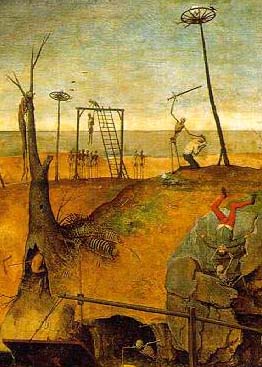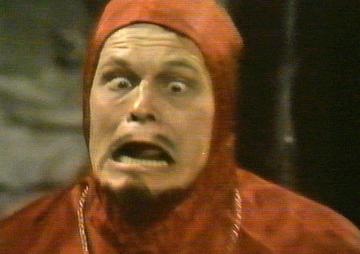The South Hill Brass Presents The Spanish Inquisition |
NOBODY expects the South Hill Brass to have a "Spanish Inquistion" page ... |
The Spanish Inquisition, considered to be independent of the more widespread Medieval Inquisition, was established on November 1, 1478, by King Ferdinand and Queen Isabella, with the reluctant approval of Pope Sixtus IV. The official purpose was to discover and punish converted Jews (and later Muslims) who were insincere, but soon, no Spaniard could feel safe from it. Eventually, even some books approved by the Holy See were condemned by the censors of the Inquisition, and both St. Ignatious of Loyola and St. Theresa of Avila were investigated for heresy. |
The Spanish Inquisition was abolished by Joseph Bonaparte in 1808, restored in 1814, abolished again in 1820, restored in 1823, and most recently abolished in 1834. Even today, the Spanish Inquisition remains controversial, with death estimates dropping from more than ten thousand to less than two thousand, and secret Vatican archives only recently opened for study. |
The Spanish government attempted to establish the Inquisition throughout its domain, but in the Spanish Netherlands the local officials did not cooperate, and the Inquisitors were actually chased out of Milan in 1510 (apparently with the Pope's connivance). |
The Spanish Inquisition was much harsher, more highly organized, and far freer with the death penalty than the medieval Inquisition, becoming notorious for the auto-da-fe (literally, "act of faith" -- a term used for both the trial and ceremonial execution of convicted heretics, usually by burning). |
Cardinal Fang (fictional) |
(Yes, we now have SOME sound capability, but it seems to take a LONG time to "load"...) |



